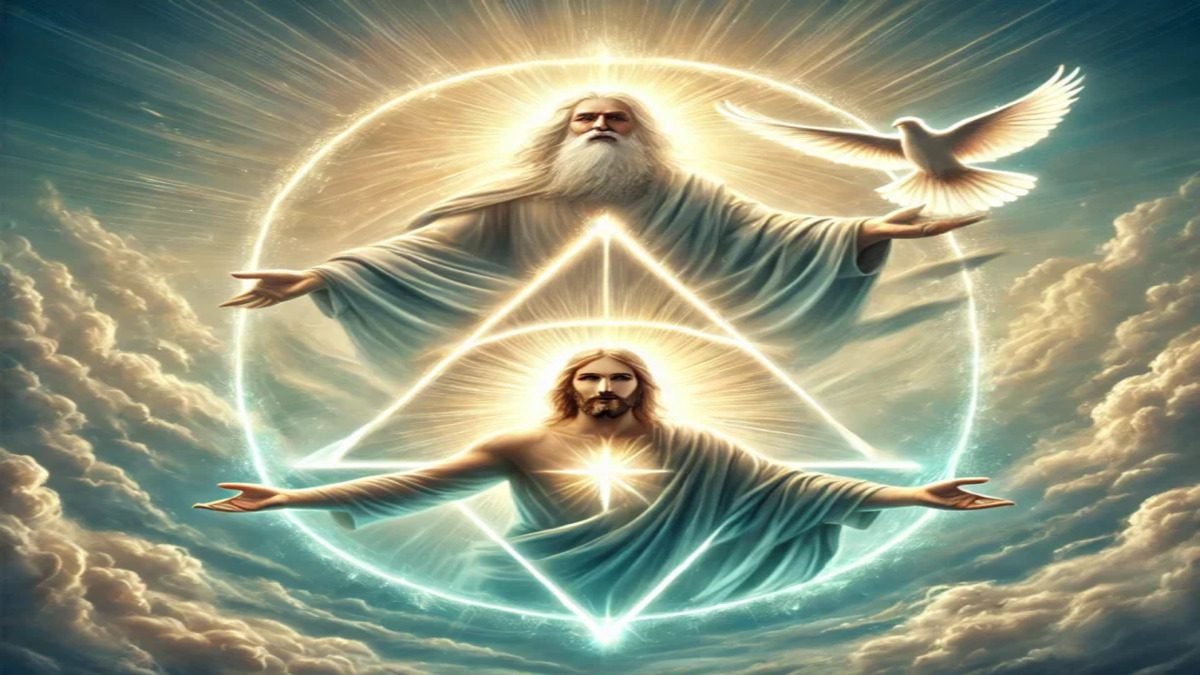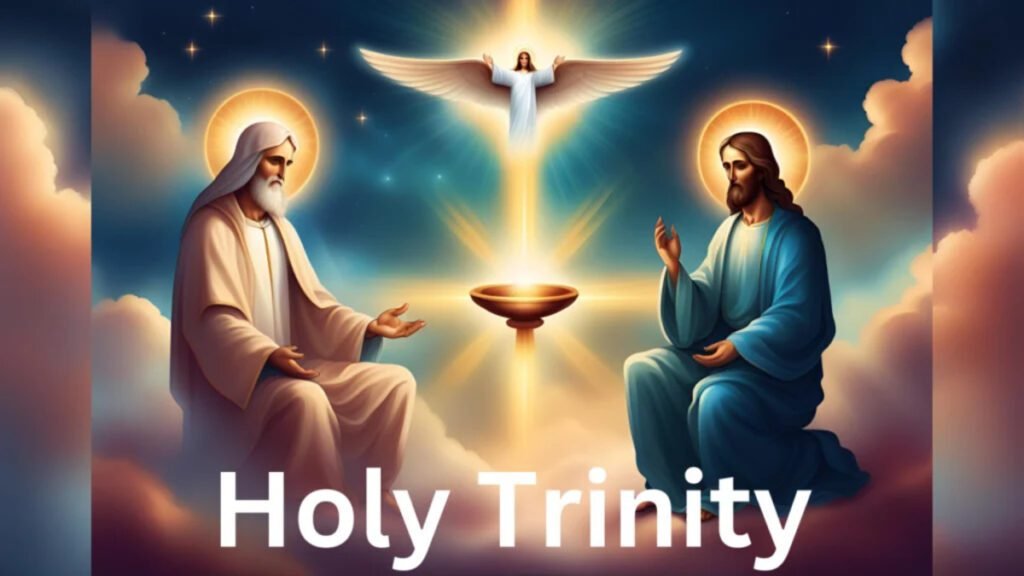The Trinity stands as one of the most fundamental yet controversial teachings of Christianity. It’s a doctrine that has sparked theological debates, inspired countless acts of worship, and puzzled the minds of believers for centuries. So, what is the Trinity, and why does it matter?
The Doctrine of the Trinity: A Simple Explanation
At its core, the Trinity is the belief that God exists as three distinct persons—Father, Son, and Holy Spirit—yet remains one God. These three persons are co-equal, co-eternal, and fully divine, sharing the same essence or nature.
This concept is not about worshiping three gods (a misunderstanding called tritheism) or treating the Father, Son, and Spirit as mere roles or modes of God’s activity (a view known as modalism). Instead, it’s the profound truth that God is one in essence and three in person.
To put it simply:
- The Father is God, the source and sustainer of all creation (John 17:1-3).
- The Son (Jesus Christ) is God, who took on human form to redeem humanity (John 1:1, 14).
- The Holy Spirit is God, who indwells, empowers, and sanctifies believers (Acts 5:3-4).

Where Is the Trinity in the Bible?
The word “Trinity” isn’t found in Scripture, but the concept is woven throughout its pages. Here are some key biblical passages:
- The Baptism of Jesus (Matthew 3:16-17):
- As Jesus is baptized, the Father’s voice speaks from heaven, and the Holy Spirit descends like a dove. All three persons are present simultaneously.
- The Great Commission (Matthew 28:19):
- Jesus commands His followers to baptize “in the name of the Father and of the Son and of the Holy Spirit,” affirming their unity and distinction.
- Paul’s Benediction (2 Corinthians 13:14):
- Paul blesses the church with “the grace of the Lord Jesus Christ, the love of God, and the fellowship of the Holy Spirit,” showing how all three persons work in harmony.
Old Testament Foreshadowing
While the Trinity is more explicitly revealed in the New Testament, hints of God’s triune nature appear in the Old Testament:
- Genesis 1:26: God says, “Let us make mankind in our image.” The plural language suggests relationality within the Godhead.
- Isaiah 48:16: A voice speaks, “The Lord God has sent Me, and His Spirit,” hinting at a distinction between the persons of God.
- Psalm 110:1: David writes, “The Lord says to my Lord: ‘Sit at my right hand.’” This reflects a conversation within the Godhead, often interpreted as the Father and the Son.
Addressing Common Misunderstandings
Understanding the Trinity can be challenging, and some misconceptions can lead to heresy:
- Modalism: The belief that God appears in different forms (Father, Son, Spirit) rather than existing as three distinct persons simultaneously.
- Tritheism: The false idea that Christians worship three separate gods.
- Subordinationism: The incorrect view that the Son and Spirit are inferior to the Father in essence.
These misunderstandings emphasize why the Church carefully defined the Trinity in early councils like Nicaea (325 AD).

Practical Implications for Worship
The Trinity isn’t just a theological puzzle; it profoundly shapes Christian worship:
- Praying through the Trinity: Christians often pray to the Father, in the name of the Son, and by the power of the Holy Spirit.
- Trinitarian Worship: Many hymns, creeds, and liturgies reflect the triune nature of God, like the Nicene Creed or the doxology (“Praise Father, Son, and Holy Ghost”).
The Relational God
The Trinity shows that God’s nature is deeply relational. The Father, Son, and Spirit have eternally existed in perfect love and unity. This relational love overflows into creation, inviting us to experience fellowship with Him and reflect His love in our relationships (John 17:21).
Wrestling with Difficult Questions
- Why doesn’t the Bible explicitly say “Trinity”?
The term was developed to summarize biblical teaching, much like the term “incarnation.” While the word is absent, the truth of the Trinity is evident in Scripture. - If Jesus is God, why did He pray to the Father?
Jesus prayed as the incarnate Son, fully human and fully divine, modeling dependence on the Father for believers (Hebrews 5:7). - How can three be one?
The Trinity reminds us that God’s nature surpasses human understanding. Analogies like water (liquid, ice, steam) or the sun (light, heat, star) can help but often fall short of capturing the fullness of God’s mystery.
Why Does the Trinity Matter?
- God Is Relational: The Trinity reveals that God is not a distant deity but one who desires a loving relationship with His creation.
- Our Salvation Depends on It: The Father sent the Son to save us, and the Spirit applies that salvation to our lives (John 3:16; Titus 3:5).
- A Model for Unity: Just as the Trinity exists in perfect unity, Christians are called to reflect that unity in their relationships and communities (Ephesians 4:3-6).
Reflect and Respond
The Trinity is not a concept to fully grasp but a mystery to embrace with awe. As theologian Augustine once said, “If you comprehend it, it is not God.”
- How does the Trinity shape your understanding of God’s love?
- How can its relational nature inspire your relationships with others?
The doctrine of the Trinity invites us into the deep mystery of God’s nature. Let it lead you to worship a God who is infinitely beyond understanding yet intimately present in your life.
What Do You Think?
Do you find the Trinity confusing or inspiring? Share your thoughts in the comments below!



